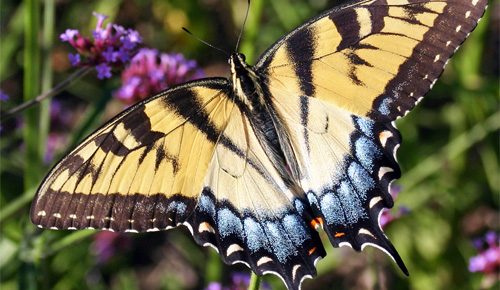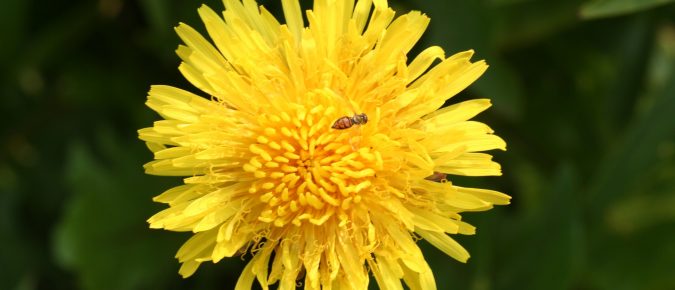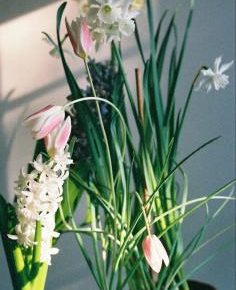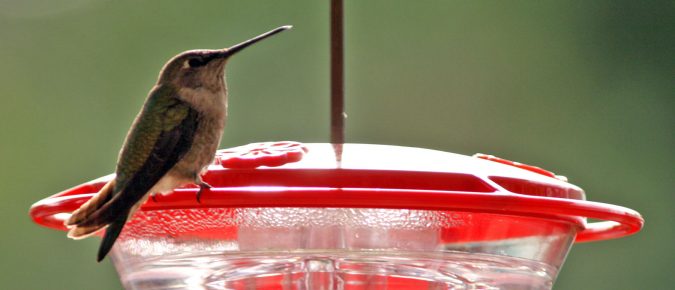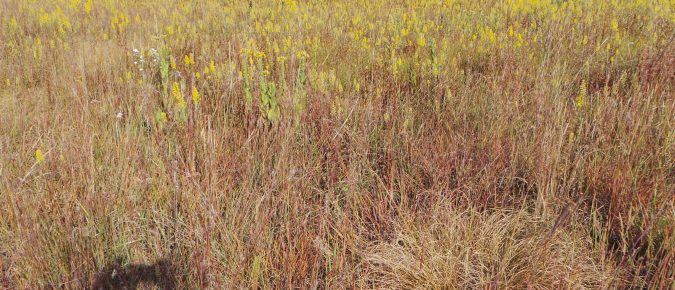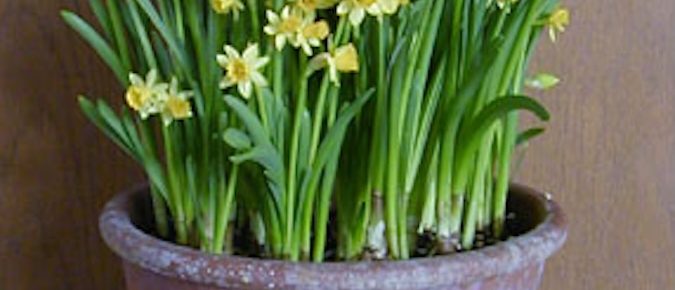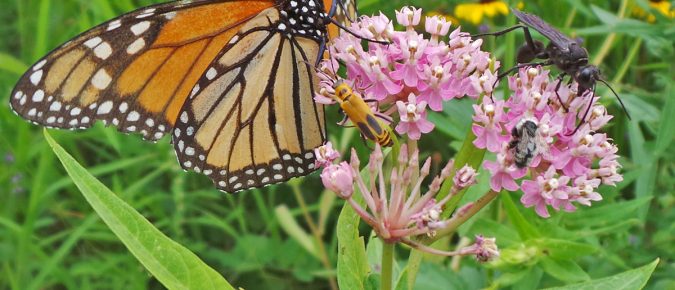Marigolds are highly regarded for their vibrant flowers, minimal maintenance requirements, and ease of cultivation. Found in gardens worldwide, these flowers are cherished valued for their visual allure, cultural significance, and application in integrated pest management.
Colorful butterflies can add a lot to a garden. Learn how to create a butterfly garden that will be attractive to many different types of butterflies in this article…
Planting flowers will encourage many beneficial insects because they need nectar and pollen as adults. To learn more about which flowers are best for supporting natural enemies, including parasites and parasitoids, read this article…
Many plants grown from mbulbs can be forced to bloom indoors during the winter. Learn how to choose, plant, and provide the right conditions to enjjoy spring-flowering blooms indoors while its still winter outside.
If deer visit your property, before planting (or replanting), check out this list of trees, shrubs, flowers, herbs, and grasses that deer tend to avoid.
Hummingbirds are a large group of tiny birds with iridescent feathers, who feed on a nectar from a wide variety of plants. Learn more about these birds and how to encourage ruby-throated hummingbirds in your garden in this article…
Whether a beginning or experienced gardener, you’ll appreciate the step-by-step instructions for planting, landscaping, and managing your own prairie plot. This booklet has more than 50 illustrated descriptions of plants to help you make the best selections.
When it’s white outside it’s great to have flowering bulbs indoors. It’s not hard to force spring-blooming bulbs, such as daffodils or tulips, as well as other tender bulbs such as amaryllis and paperwhites, for a welcome spring display long before they would bloom outdoors. To learn the basics of forcing bulbs, read this article…
To increase monarch populations, people are increasingly planting ornamental types of milkweed and encouraging common milkweed to grow wherever it occurs in uncultivated areas. While milkweed is beneficial to monarch populations, people need to be aware that it is toxic and can be lethal to animals, particularly horses and other equines.
With coarse foliage and big, dramatic funnel-shaped flowers on large, mound-shaped plants, datura makes a bold statement in the garden. These fast-growing annual or tender perennial herbaceous plants are easily grown as seasonal plants in colder climates. Learn more about these plants that are not only ornamental, but have been used for medicinal, religious, and cultural purposes for millennia in this article…
With attractive trifoliate leaves and the ability to fix nitrogen, American hog-peanut is a vigorous annual vine that twines around neighboring plants – making it welcome in some places, but usually considered a weed in ornamental landscapes. It is a somewhat unusual plant because it produces two types of flowers and seeds. Learn more about this North American native in the pea family in this article…
For a burst of late-season color, heleniums offer something different than most other daisy-type flowers with short petals in warm, fall colors and a high, architectural center. A few of these robust perennials bloom as early as June, but most wait until August or September when the rest of the garden is waning. Learn more about the garden hybrids developed from these North American natives in this article…


